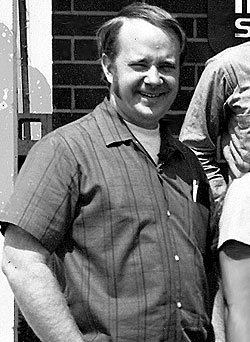| Columns Retired Columns & Blogs |
One interesting excerpt from Cary Christie's comments was his observation that, "I think that some of the best pure-audio experiences I've had have been with a good stereo system in the front, and left-minus-right ambience recovery for the rear channels—just enough so that it's barely there. It becomes a more involving experience."
 When Cary Christie,
When Cary Christie, 




































